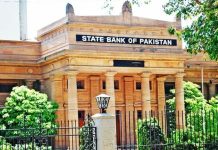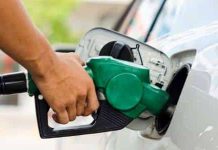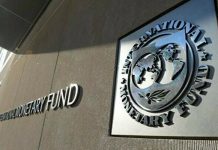DM Monitoring
WASHINGTON: American consumers absorbed another surge in prices in May – a 0.6% increase over April and 5% over the past year, the biggest 12-month inflation spike since 2008.
The May rise in consumer prices that the Labor Department reported reflected a range of goods and services now in growing demand as people increasingly shop, travel, dine out and attend entertainment events in a rapidly reopening economy.
The increased consumer appetite is bumping up against a shortage of components, from lumber and steel to chemicals and semiconductors, that supply such key products as autos and computer equipment, all of which have forced up prices. And as consumers increasingly venture away from home, demand has spread from manufactured goods to services – airline fares, for example, along with restaurant meals and hotel prices – raising inflation in those areas, too.
In its report Thursday, the government said that core inflation, which excludes volatile energy and food costs, rose 0.7% in May after an even bigger increase in April, and has risen 3.8% over the past 12 months. Among specific items, prices for used cars, which had surged by a record 10% in April, shot up an additional 7.3% in May and accounted for one-third of last month’s overall price jump.
But the price increases in May were widespread in a variety of categories, including household furnishings, clothing and airline fares. Energy costs were unchanged, but they’re still up 28.5% from a year ago.
From the cereal maker General Mills to Chipotle Mexican Grill to the paint maker Sherwin-Williams, a range of companies have been raising prices or plan to do so, in some cases to make up for higher wages that they are now paying to keep or attract workers.
The inflation pressures, which have been building for months, are not only squeezing consumers but also posing a risk to the economy’s recovery from the pandemic recession. One risk is that the Federal Reserve (Fed) will eventually respond to intensifying inflation by raising interest rates too aggressively and derail the economic recovery.
The Fed, led by Chair Jerome Powell, has repeatedly expressed its belief that inflation will prove temporary as supply bottlenecks are unclogged and parts and goods flow normally again. But some economists have expressed concern that as the economic recovery accelerates, fueled by rising demand from consumers spending freely again, so will inflation.
The question is, for how long?
“The price spikes could be bigger and more prolonged because the pandemic has been so disruptive to supply chains,” Mark Zandi, chief economist at Moody’s Analytics, said in advance of Thursday’s inflation report.






